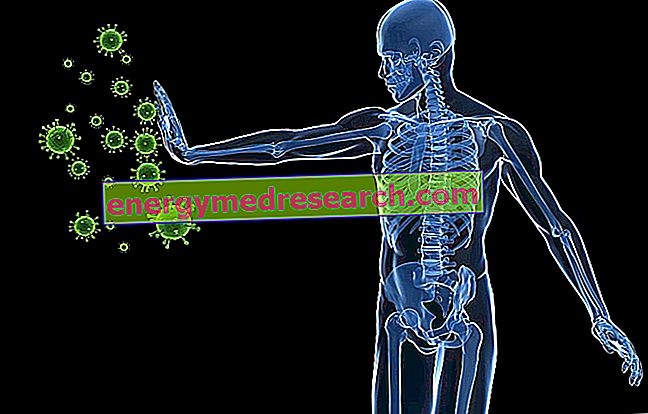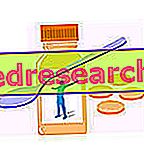
The ability to synthesize antibiotic substances, discovered for the first time in some molds, belongs to almost all living beings. The white blood cells of the human body, for example, produce certain substances with an antimicrobial action, including defensins and catelicidins .
The destruction of pathogens by the human immune system is entrusted mainly to some leukocytes (white blood cells), specifically macrophages, neutrophils and cyto-toxic T lymphocytes. These cells are able to ingest and digest pathogens through the secretion of strong oxidizing substances; numerous enzymes also contribute to this action, such as lactoferrin, lysozyme, collagenase and elastase. Then there are peptides with antimicrobial action, such as defensins and catelicidins and the protein inducing bacterial permeability.
Defensins and catelicidins are an integral part of the innate (non-specific) immune system; they belong to the class of antimicrobial peptides (AMPS) and have a broad-spectrum antimicrobial action; they are in fact active above all against Gram-positive and Gram-negative bacteria, but also exhibit some antiviral, antifungal, antiparasitic and antitumor activity. Not only that, in addition to direct antimicrobial activity - generally performed by creating pores in the bacterial membrane - they are able to enhance the immune response by stimulating the intervention of leukocytes
Defensins and catelicidins are crammed inside the neutrophil granules: defensins are found inside the primary granules, while the catelicidins are found in the secondary granules.



